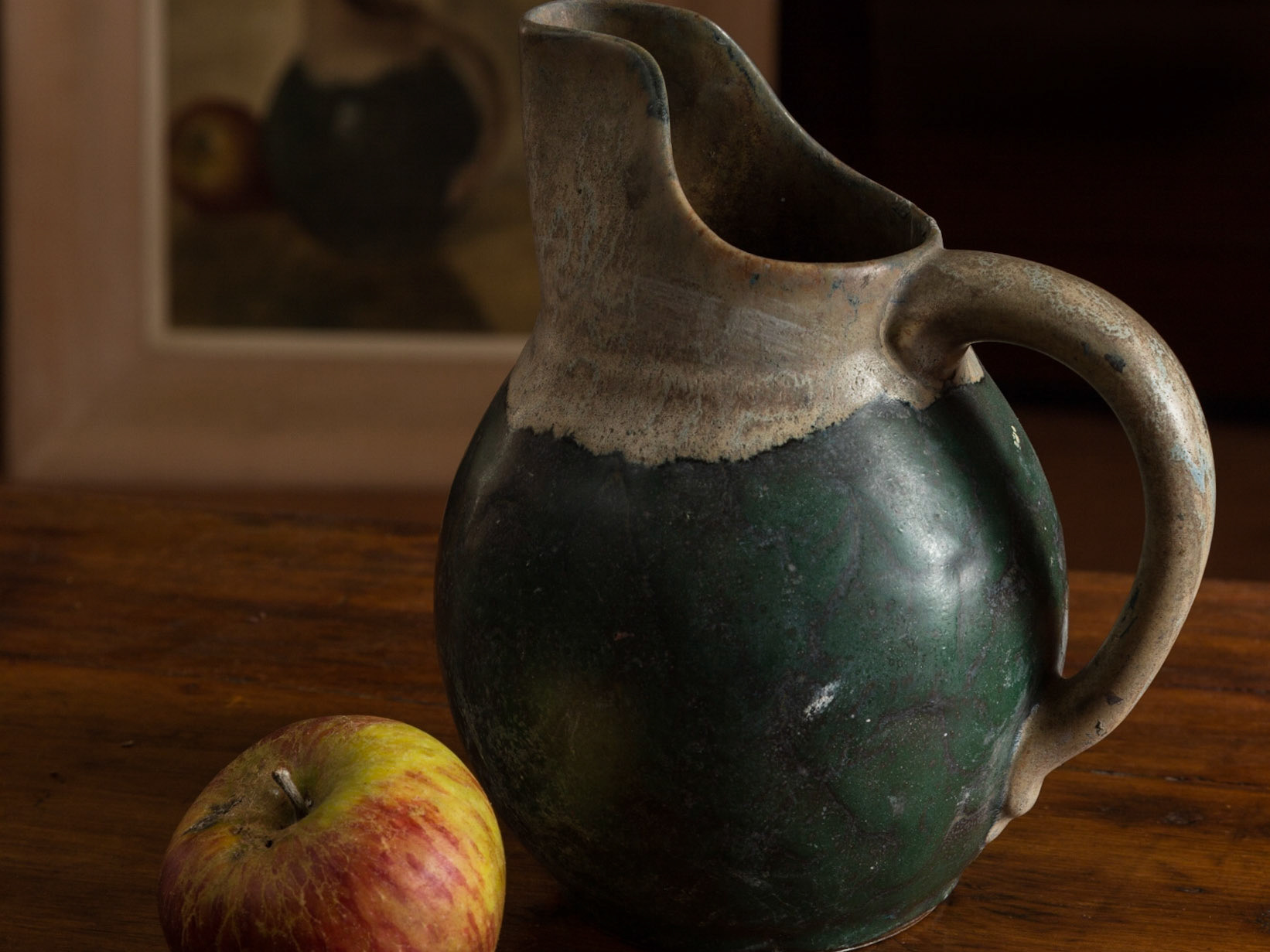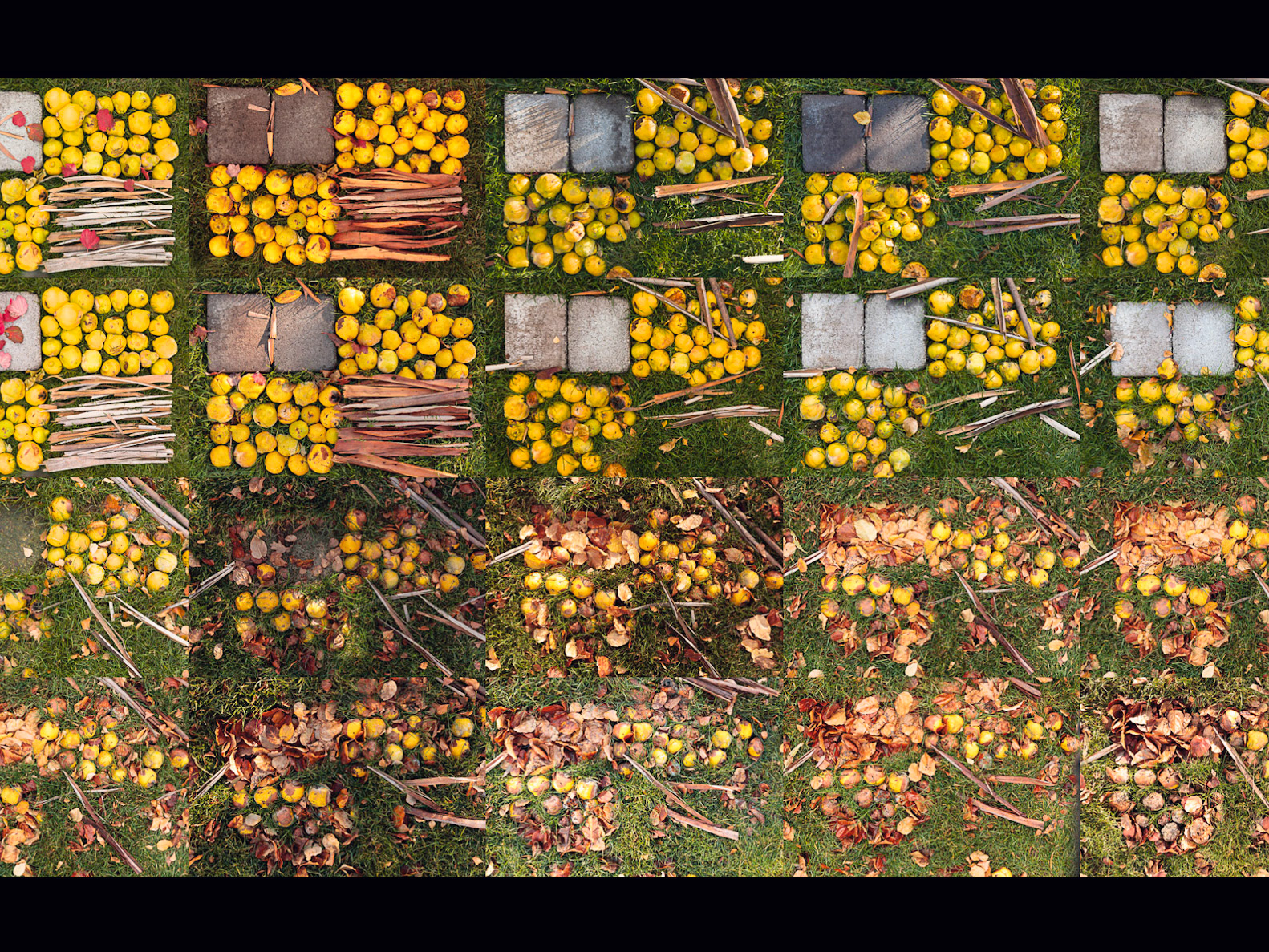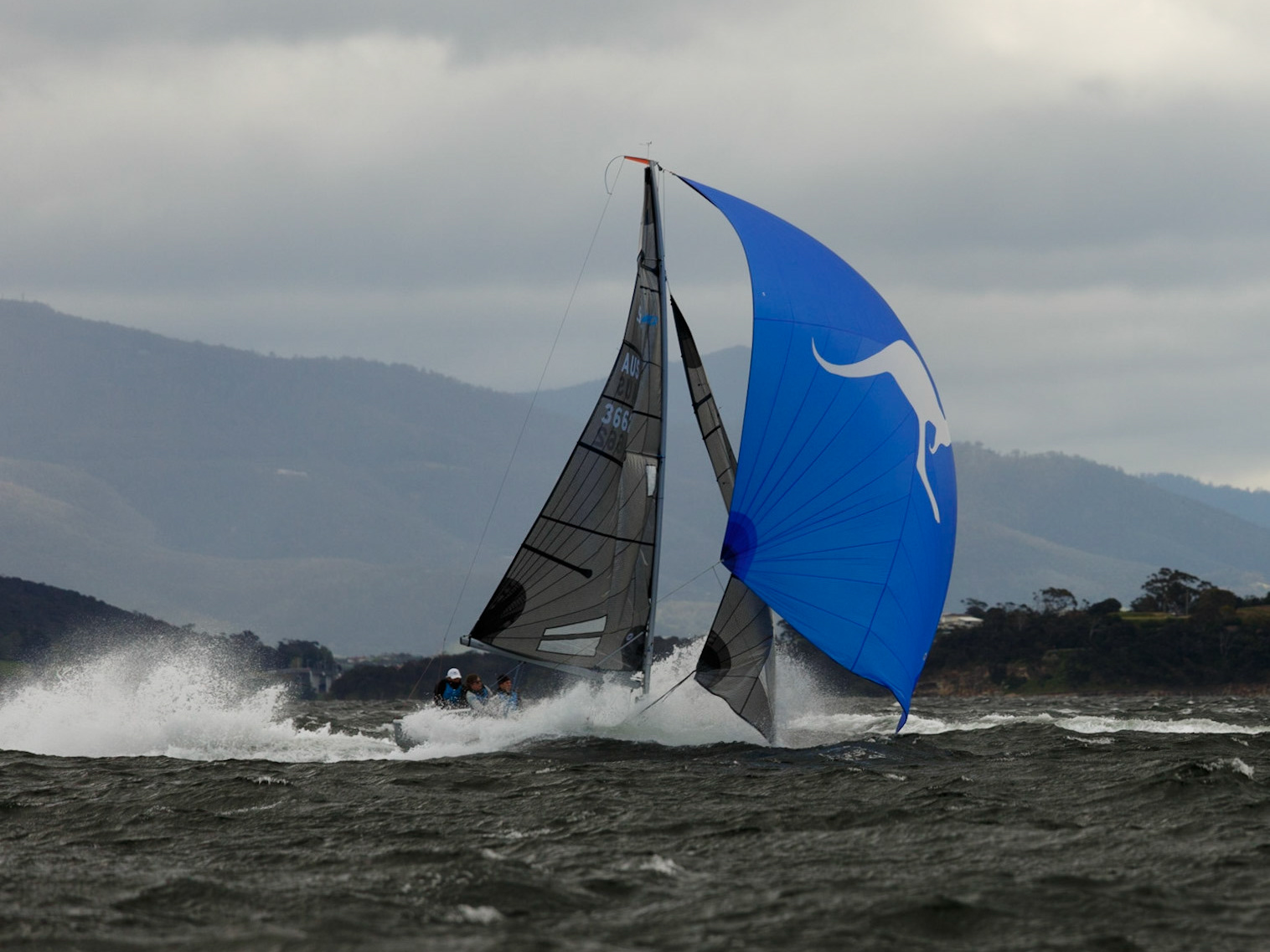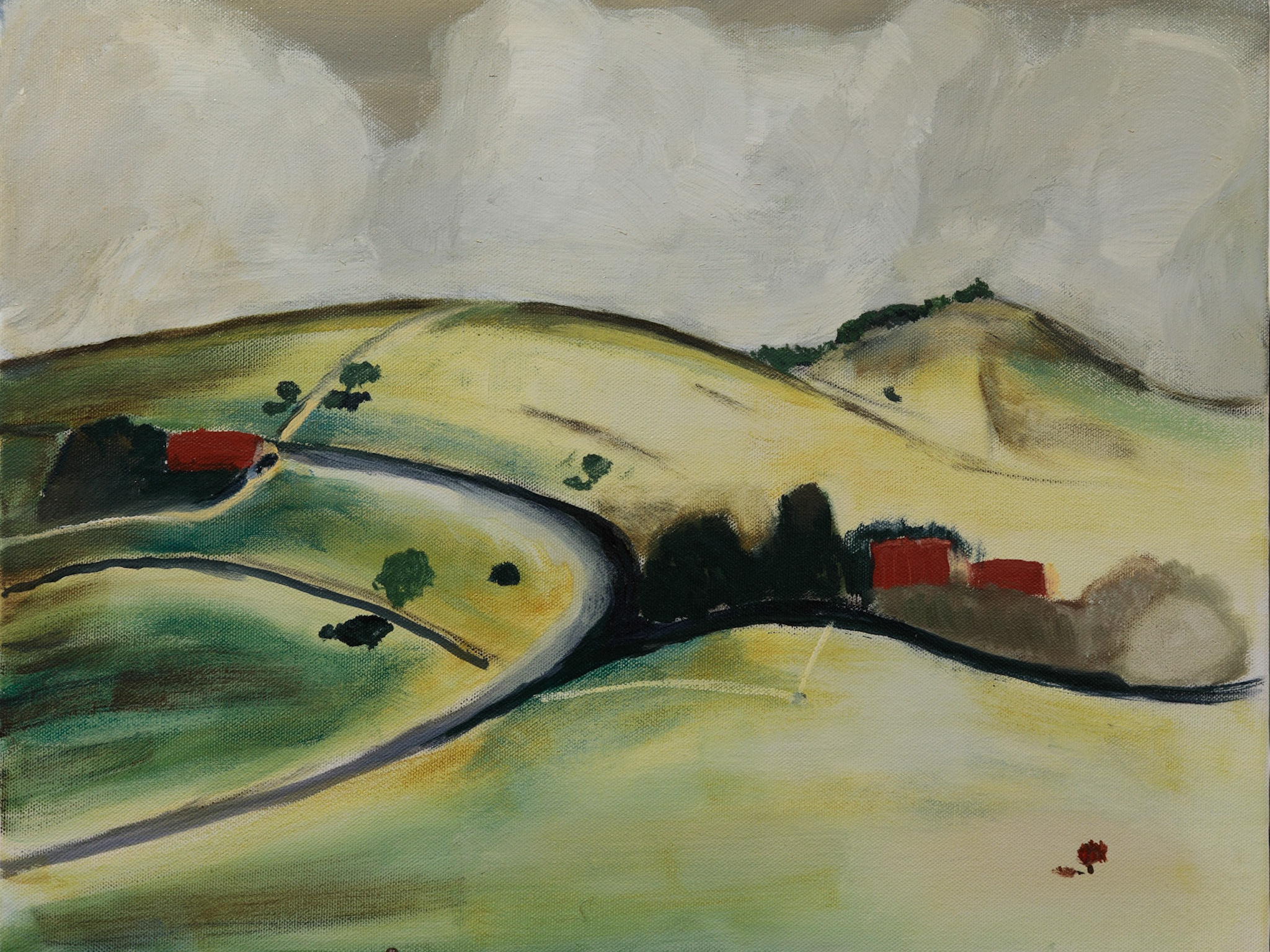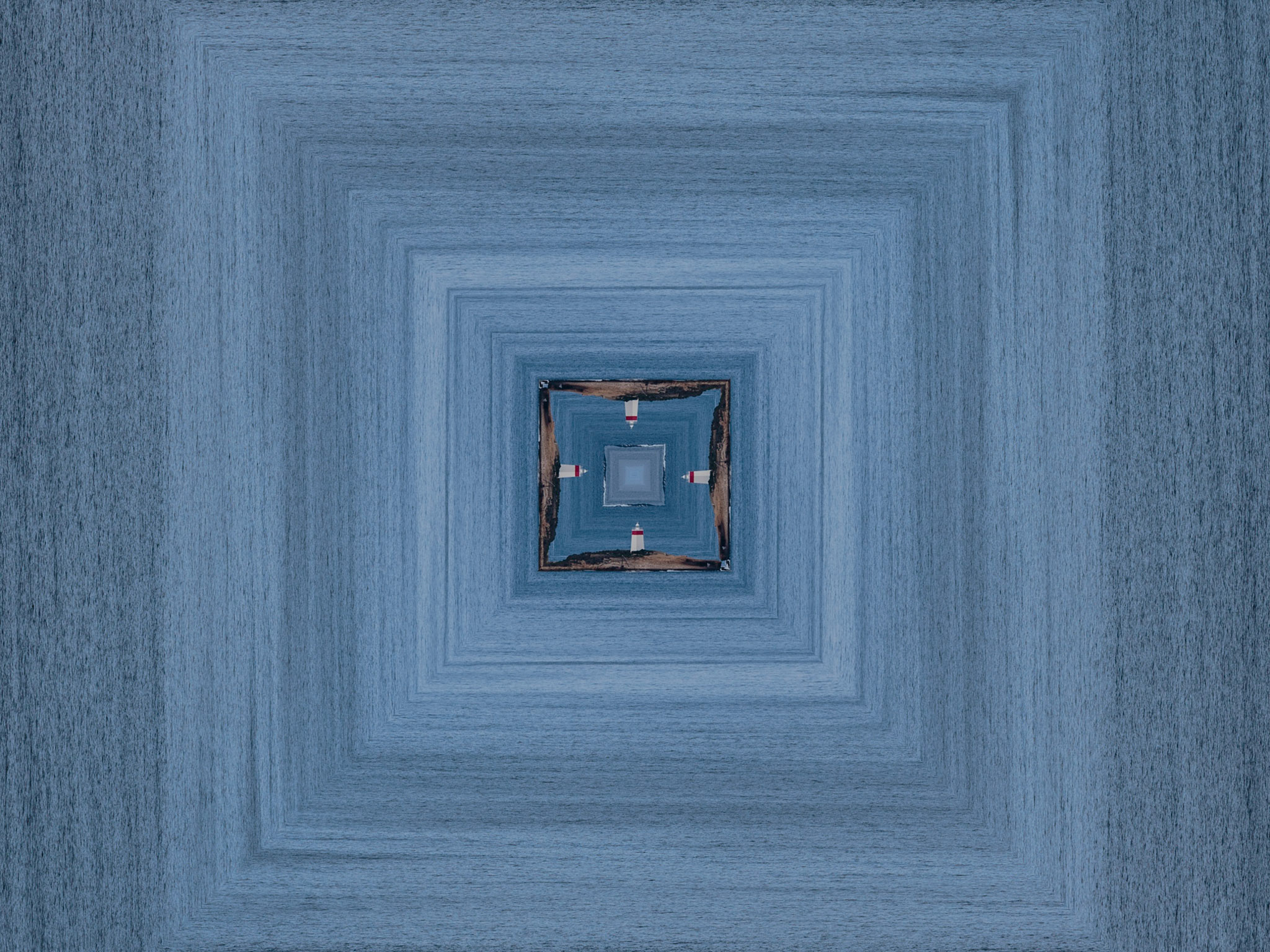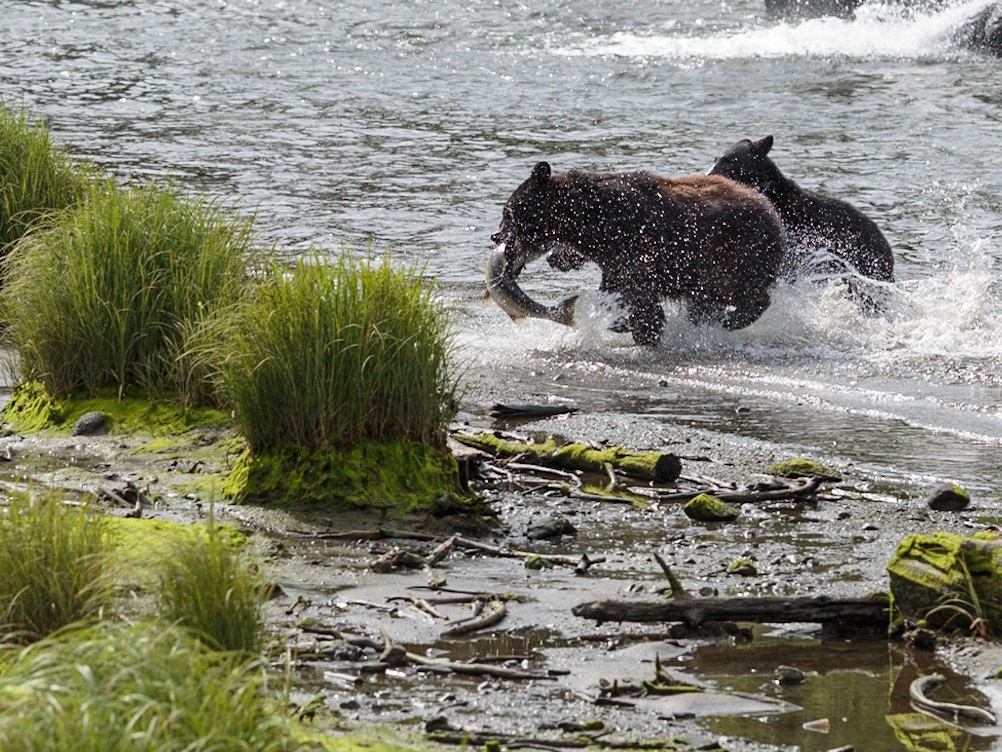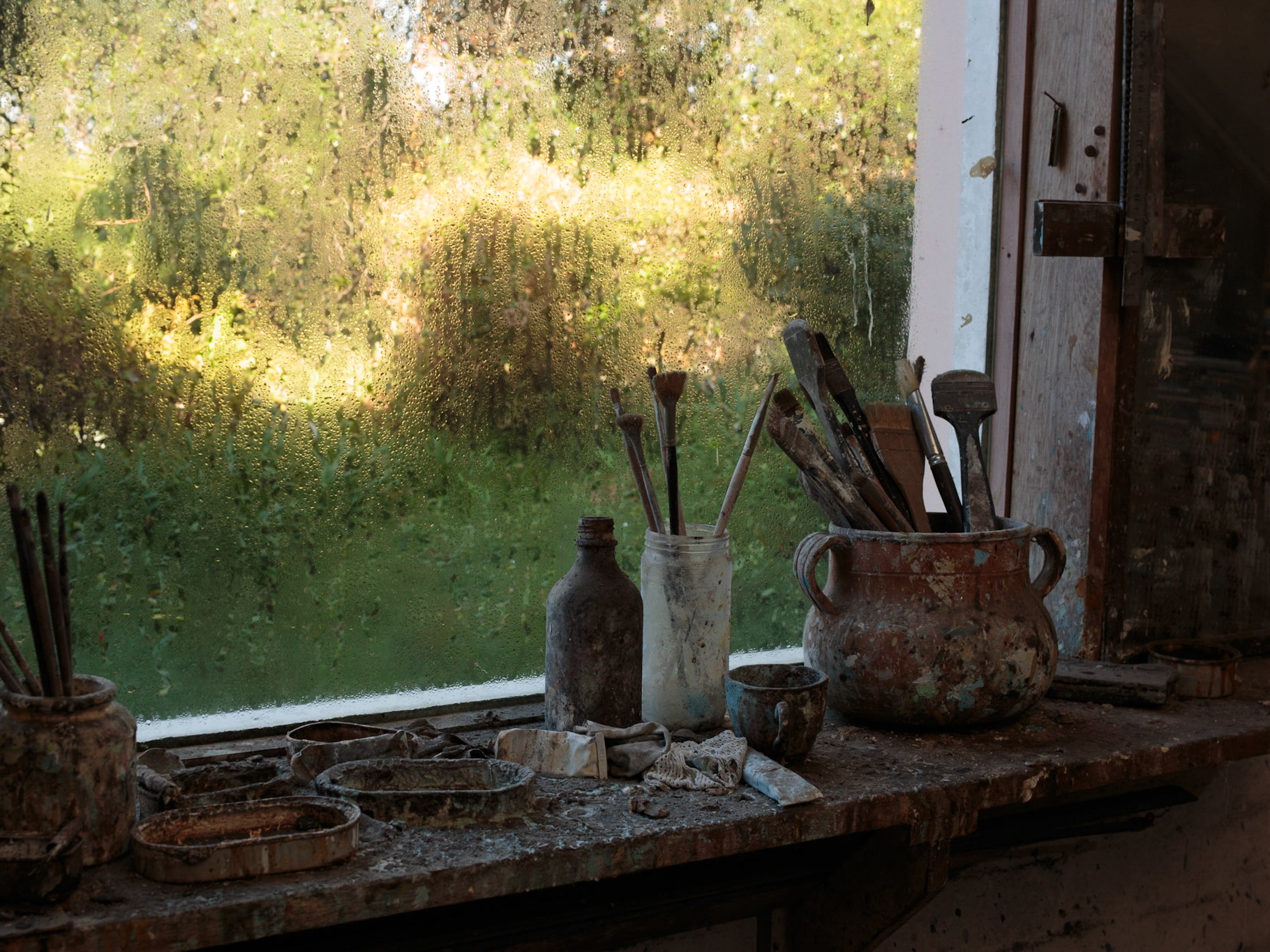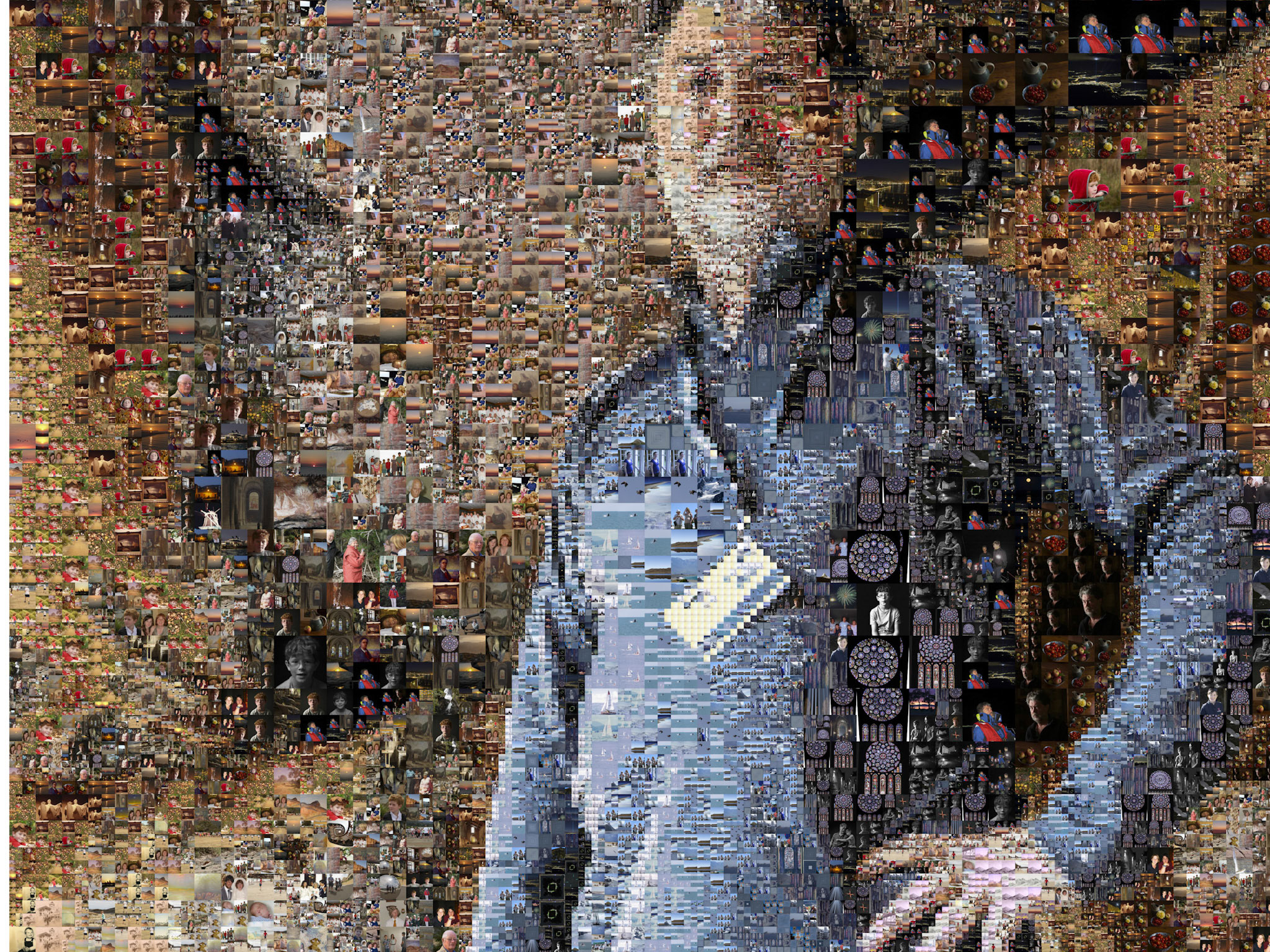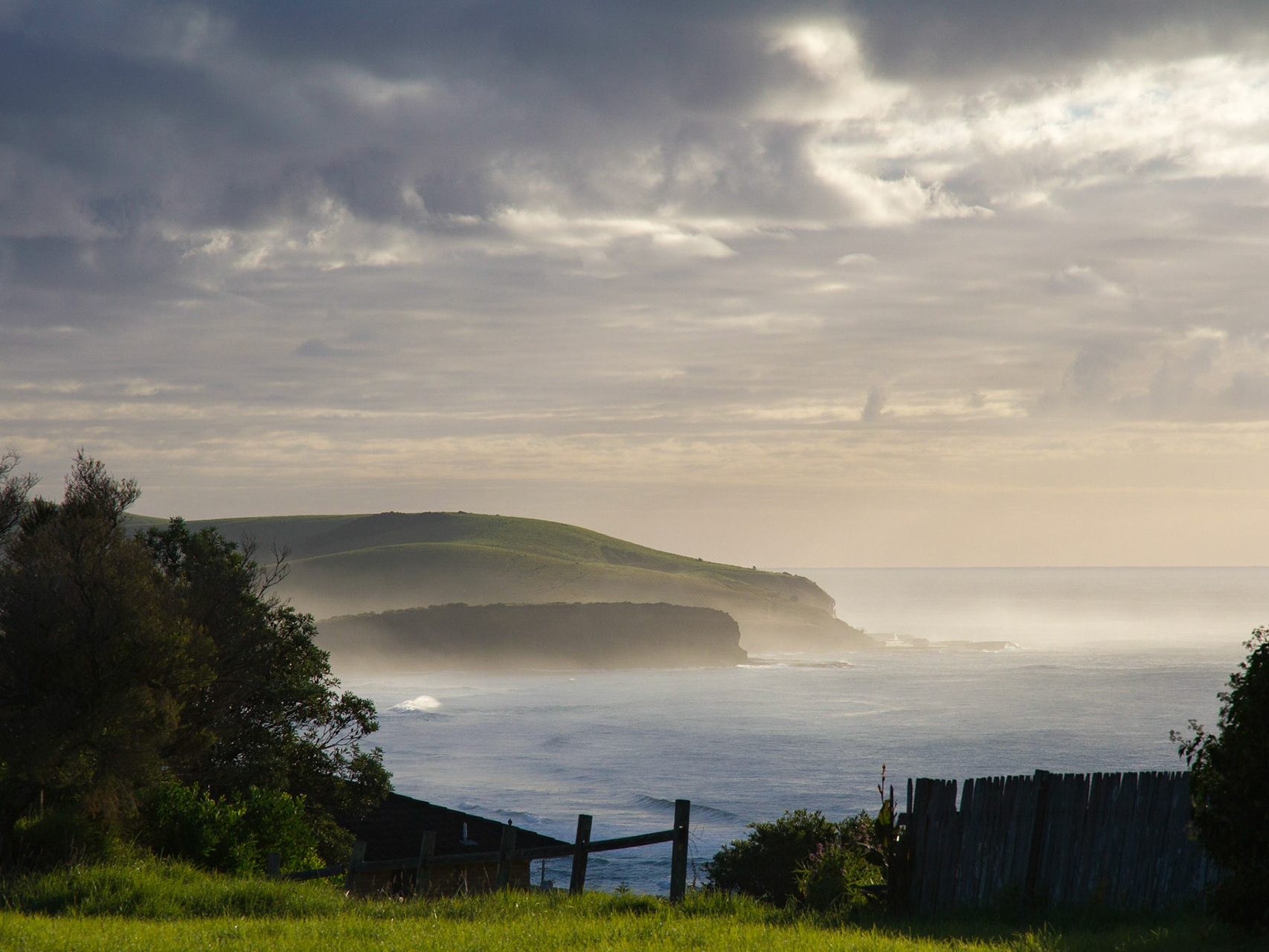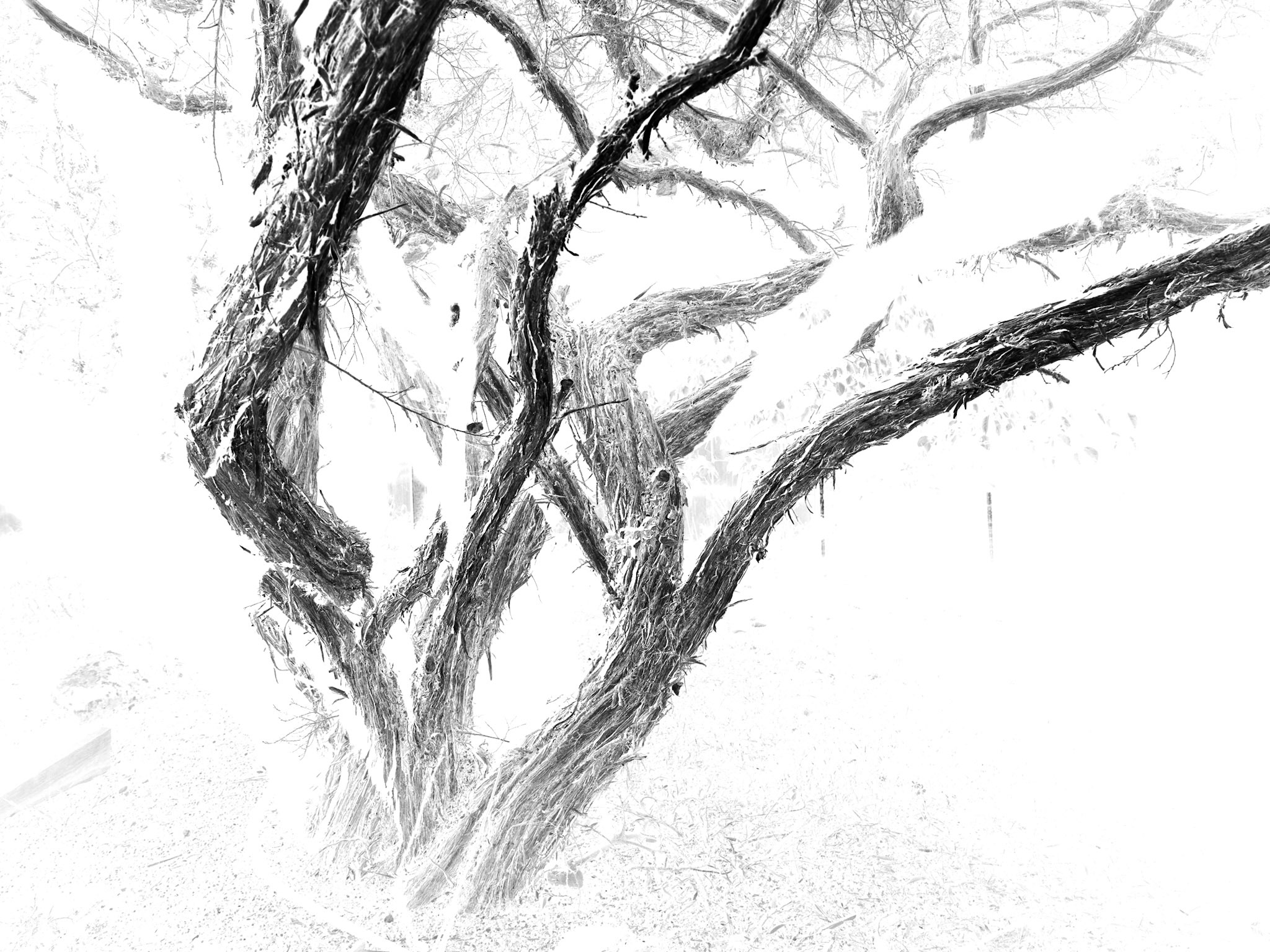My grandfather lived his life of 93 years as an artist. We all inherit a legacy from our ancestors: family stories, images, documents, and keepsakes. An artist adds to this legacy through their creative works. Legacies are shared by families, at times an artist’s legacy is shared more widely in the artistic and the wider community. My family inherits a rich legacy going beyond his paintings, drawings, lithographs and etchings to include books authored by himself and others, videos, documentaries and his home together with the downstairs studio which he designed and built in the early 1930’s.
Artists descendants will often live with their ancestor’s legacy, familiar paintings and drawing that hang on their walls as an integral part of their life. We feel a sense of custodianship as we watch the legacy evolve, at times fading and other times reasserting itself like a bright flash of light.
I shared the first 30 years of my life with my grandfather. From my earliest memories of being on a ship, saying goodbye as he left with my grandmother for another extended trip to Europe to study and paint, being aware that he worked at the University of Sydney teaching architecture students, to wandering down to the studio and watching him paint, often using both hands to apply paint to a large canvas on a rickety easel before stepping back and contemplating how the work might develop.
Over a century ago the Strand magazine described an artist’s studio as "The sacred place ... a laboratory in which ideas are melted down and boiled up and turned out on canvas by magic."
Artists often paint their studios. For some it is a readily available subject, their place of work, struggle, and reflection.
Images of studios, plus the studios themselves, are often the subject of exhibitions. For example, in 2009 the Compton Verney gallery in Warwickshire staged an exhibition, The Studio, which explore the changing function and depiction of the artist’s studio from the 1700s to the present day.
Images of studios, plus the studios themselves, are often the subject of exhibitions. For example, in 2009 the Compton Verney gallery in Warwickshire staged an exhibition, The Studio, which explore the changing function and depiction of the artist’s studio from the 1700s to the present day.
In 2014 Artspace explored ‘The Evolution of the Artist's Studio, From Renaissance Bottega to Assembly Line’.
The preservation of artists' studios is quite common. In Australia Brett Whitely’s studio was bequeathed to the Art Gallery of NSW, Arthur Boyd bequeathed Bundanoon, which includes his studio, to the Australian people and Margaret Olley’s was moved from her house in Paddington and recreated as an extension to the Tweed Gallery.
My encounter examines my grandfather’s studio, as part of his artistic legacy, from three points of view and over time.
The first point of view is my grandfather’s at the time where he was establishing his reputation as a painter in the 1940’s and 50’s.
The first point of view is my grandfather’s at the time where he was establishing his reputation as a painter in the 1940’s and 50’s.
The second is from the point of view of three filmmakers who documented his life and work in the 1970’s and 1980’s.The third is my point of view, as a grandson, looking back in 2017 when the family decided it was no longer practical to maintain the house and studio.
The first work in this collection is a modest oil painting by my grandfather of his studio. In the foreground he includes another artist, probably Roland Wakelin. It was painted one rainy weekend afternoon when the Northwood group of artists: my grandfather, Wakelin, George Lawrence, and John Santry, had abandoned their regular afternoon of painting Sydney landscapes due to the rain and had adjourned to my grandfather’s studio to paint each other.
The composition reflects, in part, that used by Diego Velázquez in Las Meninas (1656), light floods into the composition from a window on the right, an easel and painter work to the left foreground, and there is a door in the background. The Northwood studio is much humbler than that of Velázquez, with minimal decoration. As far as the family are aware this painting was never exhibited or offered for sale. However, my grandfather must have been satisfied with it at some level as he signed it and had it framed.
The composition reflects, in part, that used by Diego Velázquez in Las Meninas (1656), light floods into the composition from a window on the right, an easel and painter work to the left foreground, and there is a door in the background. The Northwood studio is much humbler than that of Velázquez, with minimal decoration. As far as the family are aware this painting was never exhibited or offered for sale. However, my grandfather must have been satisfied with it at some level as he signed it and had it framed.
LLOYD REES
Australia, 1895-1988
Untitled [Northwood Studio 1] c 1948-52
My grandfather painted this modest oil painting of his studio, probably one Saturday afternoon when he and his friends were unable to paint outside due to the weather.
Roland Wakelin, an artist friend, sits at his easel painting in the foreground.
The composition reflects, in part, that used by Diego Velázquez in Las Meninas (1656), light floods into the composition from a window on the right, an easel and painter work to the left foreground, and there is a door in the background.
The Northwood studio is much humbler than that of Velázquez, with minimal decoration.
Materials: Oil on canvas on board
Dimensions: 48cm x 41.5 cm
The second work is a composite video drawn from documentaries produced in 1971, 79, 85 and 88 where the makers filmed my grandfather at work in his studio.
In the first clip my grandfather is ‘…working for an exhibition which I don’t like at all’ for the Macquarie Galleries. There is a haunting quality due in part to the black and white format, dictated by television capabilities at the time. Details of a working studio are exposed, canvases stacked along a wall, a palette hanging from a hook on the door, the paint encrusted trolley and brushes stacked in jars on the windowsill. He is captured at work a bunch of brushes and palette knife in his hand, a bottle of turpentine under his arm, stepping back to contemplate before stepping forward and adding or removing paint.
The second, Tribute to Sydney, reveals the rich colour of the studio, seen from the narrow hallway leading into the studio, made even narrower by the canvases stacked along it. The words of Brett Whitley are read by a narrator, giving another artist view of the painter. The walls of the studio are now lined with paintings by other artists.
The third clip, from Reflections of Australia, has a more reflective feel to it. The artist is now into his 90’s, venerated, a grand old man. Details of the richness of his palette are shown close up, together with the pain coated sardine tines which lined the windowsill, with a paint spattered pane of glass above. The viewer is reminded that the documentary is being made for the bicentenary of 1988 and we are shown the age of the artist when the camera pans to a certificate conferring a silver medal at the Exposition Internationale, des arts et des techniques in Paris in 1937.The final video screened on Good morning Australia in 1985 gives an insight into the Artist’s views on his legacy where he highlights the uncertainty of the future, an artist may be acclaimed in his lifetime, but this is no guide as to how he may be viewed in the future. What matters to him is ‘art as a way of living’.
VIDEO EXTRACTS
Lloyd Capps,
OTIS 71 - Lloyd Rees - Artist - "Working for an exhibition I don't like at all", 1971
0:34 / 29:54 minutes
Australian Broadcasting Commission
Sue Gregory
Lloyd Rees - A tribute to Sydney, 1979
0:52 / 25:30 minutes
Australian Broadcasting Corporation.
Don Bennetts
Lloyd Rees - Reflections of Australia, 1988
0:50 / 57:02 minutes
Australian Art Film Partnerships.
Good Morning Australia, 1985
0:45 / 10:13 minutes
Network 10.
Artefacts
Jug
My grandfather bought this jug when he was in Paris in 1923.
For many years it was used to hold brushes in his studio.
Painting hat
He said, ‘When I went to paint indoors in my later years I felt that I had to have the hat on, it was like bringing the outside in because that is the one flaw of studio work you can lose that marvellous feeling, like down the south coast hills…’.
A French portable artists easel marked 'RJ/ Modeles Brevetes et Deposes/ made in France.'
Brushes, tubes of paint and set square
The final component created 29 years after my grandfather’s death is a photograph, I took one morning in his studio. I found his old easel, together with a painting jacket, jumper, and hat stored in the studio and repositioned them to capture the light (as my grandfather had in his painting) and create a sense that he may have just stepped out for a moment. The result is in a way a sense of sadness and absence, his memory has faded, even with the rich legacy he has passed on.
Jonathon Rees
Hobart
June 2017
JONATHON REES
Australia, born 1958
The Studio - 2017
This photo is one of a series I took in 2017 when my parents were preparing the Northwood house for sale.
The Studio in 2017 invokes a sense of absence, the artist has moved on leaving his easel, painting jacket and hat draped on a chair.
Twenty-nine-years after his death I continue to feel my grandfather’s presence, the paint spattered window remains uncleaned with sardine tins, used to mix paint, sitting encrusted with paint on the window sill alongside worn brushes standing in jars and pots.
Materials: Inkjet print on Ilford Gold fibre silk
Dimensions: 65 cm x 97.5 cm
